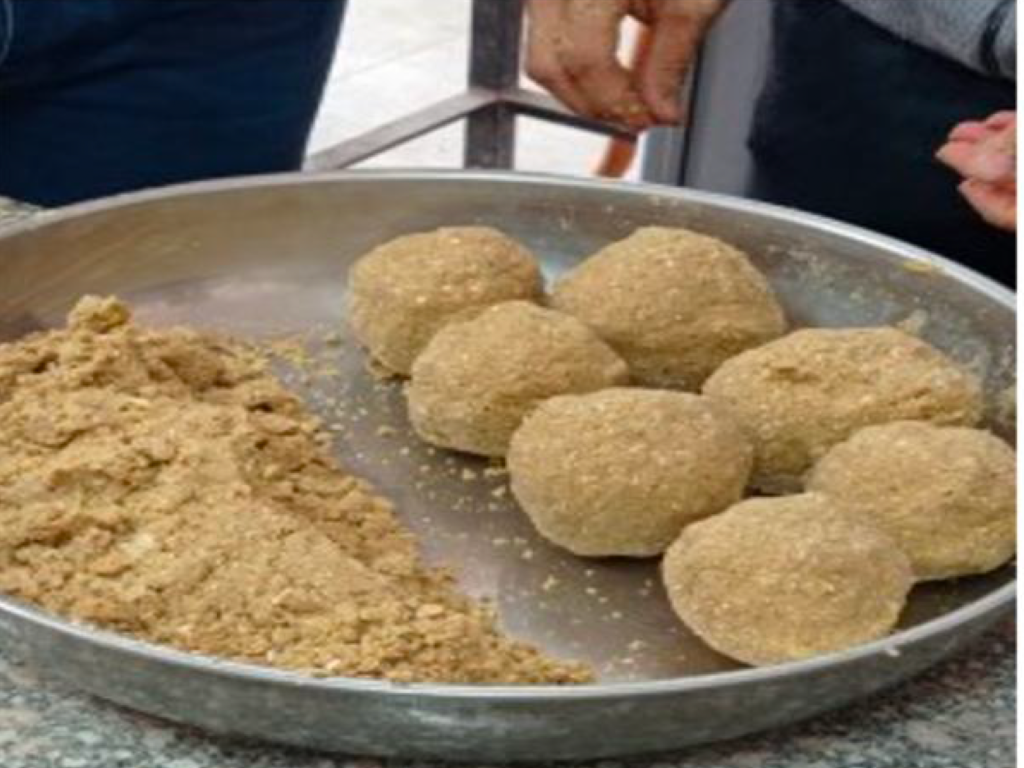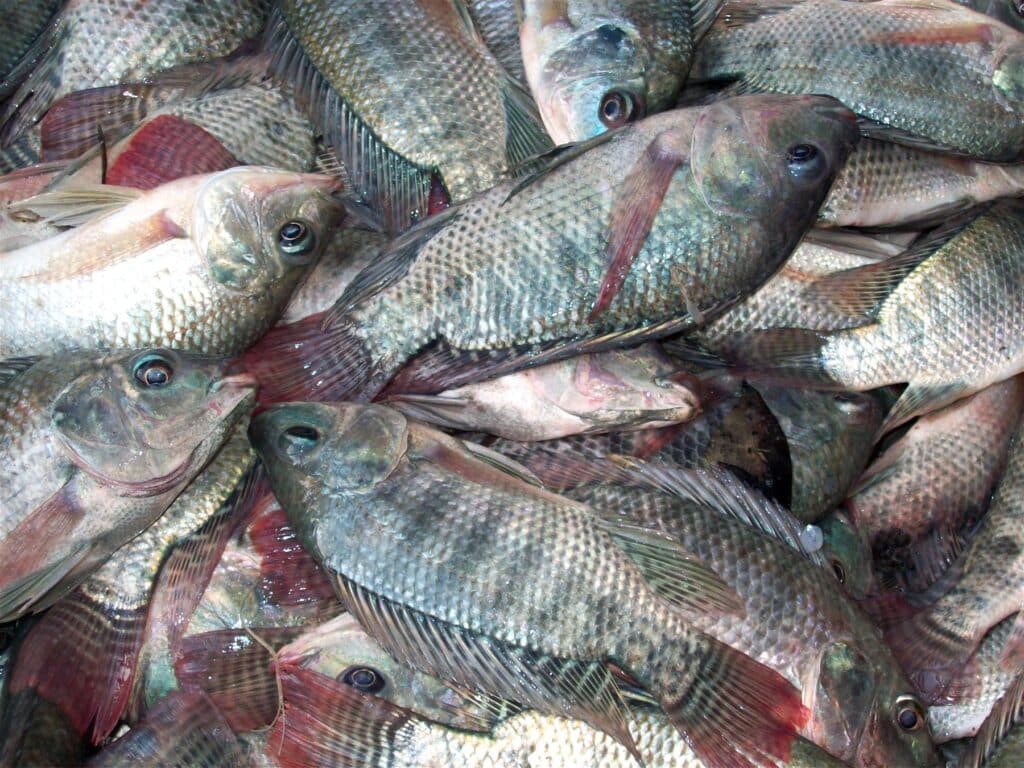Tilapia can now be raised even in colder climates
By Henrylito D. Tacio
Tilapia, the second most popular fish in the Philippines (after bangus), can now be raised even in colder climates. Thanks to an international study done by researchers, one of whom is from the Philippines.
Two commonly used components in ordinary chewing gum have been found to enhance the overall health of tilapia, thereby aiding these fish in thriving even in harsher colder environments.
The two ingredients are Arabic gum and lecithin. “This discovery paves the way for raising tilapia for food outside of the Philippines and other tropical regions where they are commonly farmed,” said a statement from the Ateneo de Manila University (ADMU).

The Nile tilapia (Oreochromis niloticus) has been raised for food since ancient times due to its fast rate of reproduction. It is now a common sight in markets across tropical countries, including the Philippines, Thailand, and Indonesia.
But being native to Africa, Nile tilapia exhibits sensitivity to cold temperatures and flourishes exclusively in warm water, specifically within the temperature range of 26°C to 30°C.
Now, an international research team from Egypt and the Philippines recently conducted a study that monitored the weight, growth, blood chemistry, and enzyme levels of Nile tilapia fingerlings that were provided with different quantities of Arabic gum and lecithin.
Arabic gum and lecithin are common ingredients found in chewing gum and other foodstuffs. Arabic gum is made from sap, usually from the Acacia Senegal tree. Meanwhile, lecithin is a common emulsifier derived from a variety of sources, including eggs, soy beans, and sunflower seeds. Both have a wide variety of food uses, including in off-the-shelf chewing gum.
“The Arabic gum we used was commercially sourced and of feed-grade quality, similar to the type generally available in the Philippines,” said Dr. Janice Alano Ragaza, of the ADMU’s Department of Biology, one of the researchers.
Both the Arabic gum and lecithin are available in the country since they are commonly used in both feed and food processing.
This was how the researchers prepared the feed. First, they considered the nutrient requirements of the tilapia, including their developmental stage. Then, they calculated the amount of protein, fat, and other nutrients needed for growth.
“Some ingredients will mainly provide protein, others fat,” Dr. Ragaza told EDGE Davao in an email interview. “The dry ingredients are thoroughly mixed, then the wet ingredients are added to form a dough. The dough is pelletized and dried, and the feed pellets are refrigerated until use.”
The researchers found that Nile tilapia fingerlings fed on 4 grams of Arabic gum and 10 grams of lecithin per kilogram of fish food over the course of three months led to increased levels of minerals, enzymes, and antioxidants that help the fish overcome the stresses of living in winter. This change was more than just physiological, as it was found that the diet even activated specific genes associated with surviving cold temperatures.
The study was jointly undertaken by ADMU and Benha University and the National Institute of Oceanography and Fisheries in Egypt. Results of the study were published in the recent issue of Aquaculture Reports.
The study is good news for people from temperate countries who like eating tilapia. “Tilapia has become a popular freshwater fish in many temperate countries,” Dr. Ragaza said. “It is affordable, has mild, white meat, and is widely available.”
Once the technology is feasible, tilapia will even become more popular in the United States, Australia, Mexico, China, Israel, Brazil, Japan, and South Africa.
On why the study focused on tilapia and not other types of fish, Dr. Ragaza explained: “Nile tilapia is favored for its faster growth rates, efficient feed conversion, tolerance to various environmental conditions, and strong market demand.”
In addition, “Nile tilapia has deep cultural, economic, and ecological significance in Egypt, where it has been part of the history for thousands of years,” she added.
Egypt is the largest producer of farmed tilapia in Africa and the third-largest worldwide, with Nile tilapia making up the majority of production. “Nile tilapia provides an affordable source of protein for millions of Egyptians and supports the livelihoods of many, especially in rural areas,” Dr. Ragaza said.
Fishery experts dub tilapia as “aquatic chicken” because it possesses many positive attributes that make the fish suitable for a wide range of aquaculture systems. For one, tilapia tolerates a wide range of environmental conditions. For another, it is highly resistant to diseases and parasitic infections.
In the Philippines, tilapia is now the second most important cultured fish next to milkfish among farmed aquaculture species in the country. It is even considered as the country’s economic barometer, replacing the once famous galunggong (round scads).

“Filipinos have relied on tilapia as a staple and cheap source of fish protein since it was introduced in the Philippines in the 1950s,” said Dr. William D. Dar when he was still the secretary of agriculture. “Over the past two decades, we have seen an exponential growth of the tilapia industry as it continues to produce one of the most important aquaculture commodities in the country.”
More and more Filipino farmers are now raising tilapia. Tilapia fish cages are a common sight in almost all the major rivers and lakes in the country, including Laguna de Bay, Taal Lake, and Lake Sebu. It is very popular among Filipinos who cooked the fish in different ways, including fried, grilled, sinigang (a sour soup using tamarind, santol, guava or calamansi as a base) and paksiw (similar to sinigang only it uses vinegar).

